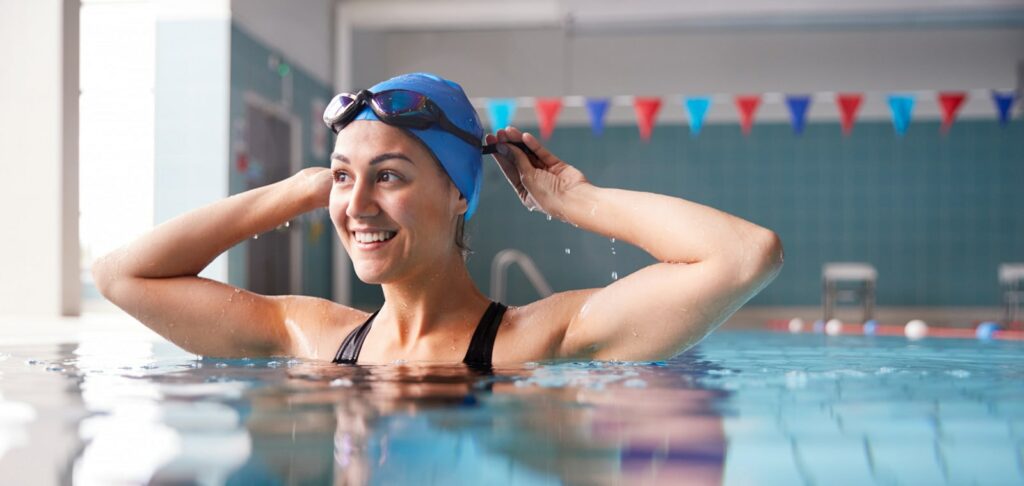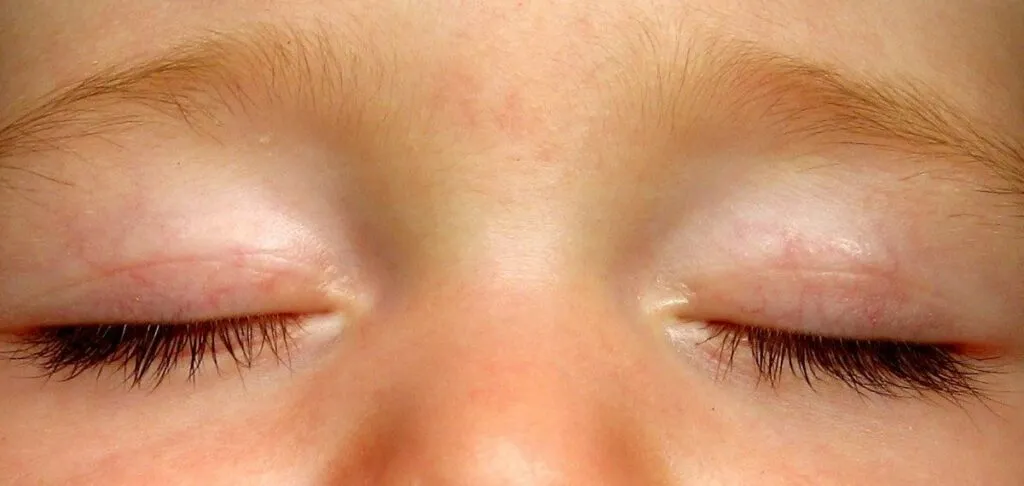
According to Archimedes’ law.
According to Archimedes’ law, a body immersed in water is subjected to an expulsive force that reduces the gravitational attraction. This gives the effect of hydrostatic weightlessness, which relieves the joints and frees the intervertebral discs from the constant pressure of our body weight. As a result, metabolic processes in the spine are normalized, posture defects are corrected, and joint mobility increases.
The main force that water sports enthusiasts have to contend with is water resistance. It is 12 times greater than air resistance, which means that physical activity in water is more effective than on land. This helps to improve muscle tone and more intense calorie burning. All muscles develop harmoniously during pool sessions. Swimming and aqua aerobics are among the most useful and safe sports. They are especially useful for people whose work is connected with static loads – all day long on their feet or at a desk.
Healing pressure
The hydrostatic pressure of water stimulates the function of the cardiovascular system. As a result, systolic pressure decreases, vascular elasticity increases, and cardiac stroke volume increases. Systematic swimming contributes to the physiological reduction of heart rate to 60 and less beats per minute. In this case, the heart muscle works powerfully and economically.
Water pressure improves blood flow to the internal organs. The liver is fully supplied with lactic acid. The kidneys work more intensively, removing excess fluid and toxic substances from the body. In addition, the hydrostatic pressure of water prevents blood from stagnating in the lower extremities, which is very useful for those who suffer from varicose veins.
Regular exercise in the pool stimulates gas exchange in the lungs by training the respiratory muscles, greater depth and frequency of breathing. Specialists have determined that even if you just stand in the water for 3-5 minutes at a temperature of 24 °C, the depth of breathing doubles and metabolism improves by 50-75%.
The massage effect of water, which is very beneficial for the skin and blood vessels, should not be overlooked. Visiting the pool is an excellent preventive measure against cellulite.
In body and in spirit
While in the water, the body’s thermoregulation processes are improved. This contributes to hardening, increasing resistance to unfavorable environmental factors and low temperatures.That is why swimming is useful for people prone to colds.
Water is a source of not only physical but also mental health. Gently flowing around the body, it normalizes the work of nerve endings in the skin and muscles, favorably affects the nervous system, calms, relieves fatigue, tension and other effects of stress. Regular visits to the pool improve sleep, attention and memory.
Safety and Benefits Swimming is one of the safest sports with practically no contraindications. Exercise in water is good for pregnant women, as it significantly reduces the load on the spine and joints of the future mother. In 1971, the International Federation of Swimming Amateurs recognized water exercise as an effective health-improving method for infants. Swimming is also very useful for people who are recovering from injuries and illnesses. This is proved by examples when children with impaired health came to swimming clubs and eventually became famous athletes. For example, Dawn Fraser, champion of three Olympic Games, came to swimming lessons after polio. And future European and USSR champion Tina Lekveishvili was brought to swimming lessons by her mother, who was concerned about her poor posture.
breaststroke, crawl, butterfly.
Any kind of movement in the water is good for your health, whether it’s flopping around like a dog or just walking on the bottom of the pool. However, if you are serious about swimming, it is better to use the services of a coach.
For recreational purposes, breaststroke swimming is most useful. This style is an excellent breathing exercise that evenly develops both the shoulder girdle and leg muscles. As a result, the figure is corrected, posture is straightened, and breathing becomes correct.
Crawl or backstroke requires more energy and a faster pace than breaststroke. In addition, this style is somewhat more difficult to master. It should be started when your muscles are used to the strain of breaststroke.
Butterfly is considered to be the most challenging swimming style. Rotational movements of the arms develop the muscles of the shoulder girdle, back and chest, while leg movements resembling the movements of a dolphin’s tail develop the muscles of the thighs and shins and strengthen the gluteal muscles.
When you start swimming, increase the load gradually. At first, swim 25 meters and rest. Then gradually increase the distance. When you can easily swim at least 500 meters without rest, start to change the pace of swimming, alternate styles, focus on the development of arm or leg muscles, using a special board.
Swimming and aqua aerobics are useful for:
- diseases of the musculoskeletal system, cardiovascular system and kidneys;
- posture and peripheral circulation disorders;
- of vegetative dystonia;
- overweight and cellulite;
- prone to colds;
- chronic stress and fatigue.
Fun activities in shallow water
If you are bored with learning to swim from board to board alone, aqua aerobics is your choice. The instructor “on the shore” shows the exercises, and the students, standing in the water, repeat them. It’s not as easy as it seems at first glance: performing the same movements in the water requires 80 times more effort than on land.
As in traditional aerobics, the exercises can have a strength, dance or general strengthening orientation. The general principles are also used: first warm-up, then the main complex and workout of “problem” areas, and finally stretching. In order to increase the intensity of exercises and diversify training, different equipment can be used during aqua aerobics classes: belts, dumbbells, shock absorbers, flippers, etc.
Aquaerobics has a number of advantages over land-based exercise. Firstly, it can be practiced by people with spinal and joint diseases without any health risks. Secondly, even with the most intense exercises you do not have to sweat and feel exhaustion. And, finally, thirdly, during aqua aerobics everyone can choose his or her own level of exertion. This is very valuable for people with excessive body weight. After all, when the body is hidden under water, there is no reason to complex because of the shortcomings of the figure. You can not chase the rhythm in which others work, and choose your own pace of exercise. And if you attend classes regularly, the result is sure to be wonderful.
With caution (preferably under a doctor’s supervision), you can exercise in the pool for those who:
- has a cardiovascular disorder;
- suffers from bronchial asthma or obstructive bronchitis;
- has damage to the eardrums or severe osteochondrosis of the cervical spine accompanied by vascular insufficiency.
Shutterstock/FOTODOM UKRAINE photos were used



